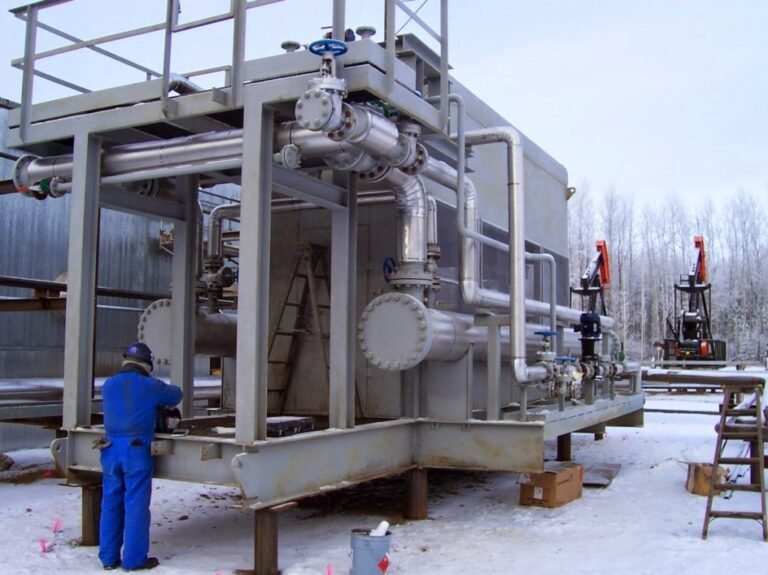
New York City has set up high objectives for CO2 decreases as a major aspect of the 80 x 50 design instituted under Mayor de Blasio’s organization.
To put it plainly, NYC intends to lessen its CO2 generation by no less than 80% by 2050 (from a 2005 pattern).
This requires immense NYC energy conservation code and sustainable power source creation expansion over the city’s energy, transportation, squander administration, and building areas.
Structures themselves represent 68% of current CO2 generation in the City, and accordingly have the biggest decrease targets1.
Objectives must be met by actualizing repeatable and adaptable extents of work as a team with strategy updates and enhancements in other energy parts.
To better comprehend the adequacy of these direct changes on general energy utilization, we’ve examined the outcomes from an ongoing portfolio restoration.
These discoveries assist us with creating a guide of where we have to go keeping in mind the end goal to approach 80 X 50.
Figure 1: 80 x 50 NYC Buildings CO2 Reduction Goals, NYC Mayors Office of Sustainability, Roadmap to 80 x 50 Report
Portfolio Background
The dissected portfolio comprises 18 reasonable multi-family living arrangements in the Morrisania and Morris Heights neighborhoods of the Bronx.
The structures had not gotten updates since experiencing gut redesigns in the mid-90s.
The building typology is one regular to the external wards – four to five-story walk-ups, which have experienced unassuming recoveries before, for example, batt protection in outside depressions, however, need complete recovery keeping in mind the end goal to meet energy proficiency objectives.
The year and one-half long direct recovery venture looked to extraordinarily enhance the personal satisfaction for inhabitants, while enhancing the energy effectiveness and strength of the properties.
An expansive extent of energy effectiveness measures was executed in each working together with NYSERDA’s Multifamily Performance Program (MPP).
The degree included high effectiveness fixed burning kettle plants, variable speed pumps for space warming boiling water conveyance, creative detachable shut cell splash froth to convey the rooftop up to energy code while giving air fixing, ENERGY STAR® machines, and building-wide air-fixing.
Extra energy proficiency measures, for example, LED lighting, thermostatic radiator valves (TRVs) for condo baseboard convectors, and low-stream water installations were introduced through Con Edison’s immediate introduce program.
Directed energy funds went from 15% to 25%, however, how did they really perform?
Post-Retrofit Utility Analysis
Steven Winter Associates (SWA) looked at 2012 and 2016 proprietor paid utility information to perceive how well the structures are performing after the recovery.
(Occupant electrical information was excluded in this examination as inhabitants are immediate metered for power.)
The essential purpose of correlation is climate standardized energy utilized for space warming and household heated water.
Fuel utilization force (FUI) is estimated in kBTU per square foot of building floor zone utilized for space warming and household boiling water since administration pays for犀利士
space warming and residential heated water (DHW).
Figure 2 demonstrates the 2012 and 2016 FUI for each working in the portfolio.
FUI enhanced by 35% all things considered, and it is significant that each building united nearly on a normal post-retrofit 57.5 kBTU/SF.
Figure 2: Energy Used for Space Heating and Domestic Hot Water, 2012 and 2016, Year 15 Portfolio
Note: Three structures were joined into one warming plant, along these lines 16 structures are appeared rather than 18
What Does This Mean?
As should be obvious, the funds for these structures are great given the humble degree and wide application.
What is most captivating is the exactness with which these structures approach comparable FUIs.
It is empowering that direct recoveries can fuse energy productivity at an extensive scale and see 35% energy diminishments in light of a blend of standard retrofits (on account of fixed ignition boilers) and new innovations (on account of the shut cell splash froth rooftop protection).
Originators and temporary workers see how to execute these advancements, and are doing as such reliably.
The subsequent stage is to fuse next level advances for energy productivity as distinguished by the Mayor’s One City Built to Last Technical Working Group so as to approach our 80 x 50 objectives.
[…] Practical Limits to Hydronic Building Energy Savings […]